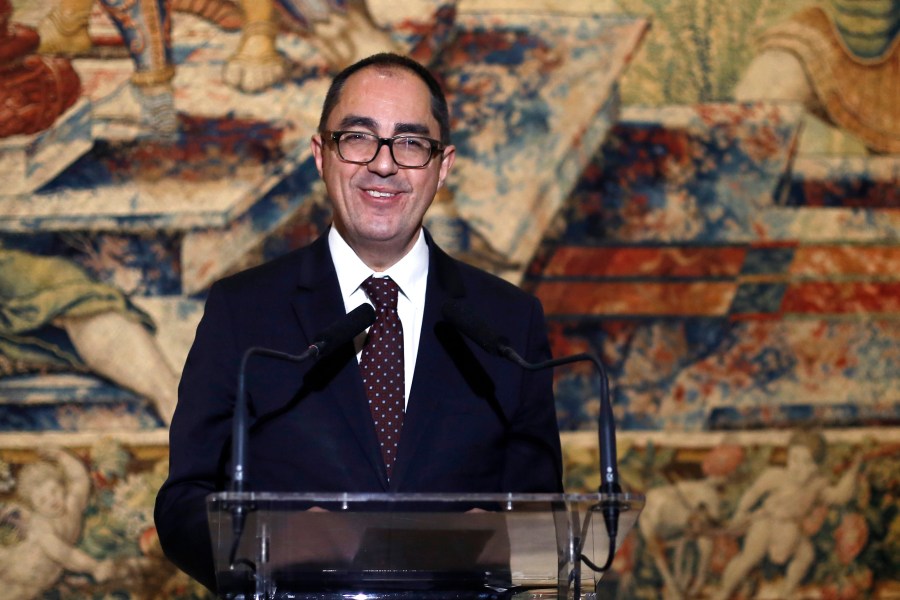UPDATE: France is in turmoil following the October 19, 2023 theft of its historic crown jewels from the Louvre. As police scramble to recover the stolen artifacts, experts are demanding a closer examination of the jewels’ colonial origins, highlighting a troubling history that is resurfacing amidst the crisis.
The jewels, once displayed in the Apollo Gallery, are not just treasures but symbols of a colonial past that many believe France must confront. Researchers have traced the stolen gems—sapphires from Ceylon (now Sri Lanka), diamonds from India and Brazil, pearls from the Persian Gulf, and emeralds from Colombia—to their colonial roots, complicating the narrative of their legitimacy.
Emiline C.H. Smith, a criminologist at the University of Glasgow, stated, “There is obviously no excuse for theft. But many of these objects are entangled with violent, exploitative, colonial histories.” The urgency of the situation has raised critical questions about the ethics of museum collections, pushing for a broader reckoning over the return of stolen artifacts.
As the investigation unfolds, authorities have arrested suspects but fear that the jewels may be broken apart or melted down. With their immense symbolic value, experts warn that while they cannot easily be sold as a complete set, their individual components can be monetized.
The Louvre has provided limited information on the origins of its crown jewels. Its catalog notes that the stolen diadem of Queen Marie-Amélie features “Ceylon sapphires” but fails to disclose how these materials were sourced or the conditions under which they were acquired. Critics argue that this lack of transparency is intentional, aimed at avoiding uncomfortable discussions about colonialism.
Historian Pascal Blanchard emphasizes the connection between craftsmanship and colonialism, stating, “The jewels were made in France by French artisans, but many stones came via colonial circuits.” This raises profound questions about the legality and ethics of their acquisition, echoing similar debates surrounding other famous artifacts.
As France grapples with the repercussions of the heist, the global conversation about restitution is intensifying. The case mirrors ongoing battles, such as India’s push for the return of the Koh-i-Noor diamond from the British crown. Experts argue that the focus should not only be on whether items were legally acquired but also on the power dynamics involved in their acquisition.
France’s actions on restitution have been limited. President Emmanuel Macron has made some moves to return artifacts to Africa but critics argue that structural barriers remain. French law complicates the return of state-held objects, and museums continue to operate under narrow definitions of what constitutes “looted” artifacts.
As debates regarding transparency gain momentum, experts call for museums to provide clearer narratives about the origins of their objects. Monica Hanna, an Egyptian archaeologist, asserts that this incident could catalyze action on restitution across Western museums, urging for a more honest discussion about the artifacts in their collections.
The question remains: will the theft of France’s crown jewels finally push museums to confront their colonial pasts? Experts are urging immediate action, suggesting that museums must “open the windows, not for thieves, but for fresh air,” inviting contested histories into the gallery.
The world is watching as France navigates this crisis. The outcome could reshape the future of colonial artifacts and redefine how museums approach their collections. For now, the urgency of the investigation and the call for transparency resonate deeply, emphasizing the need for accountability in the face of history.







